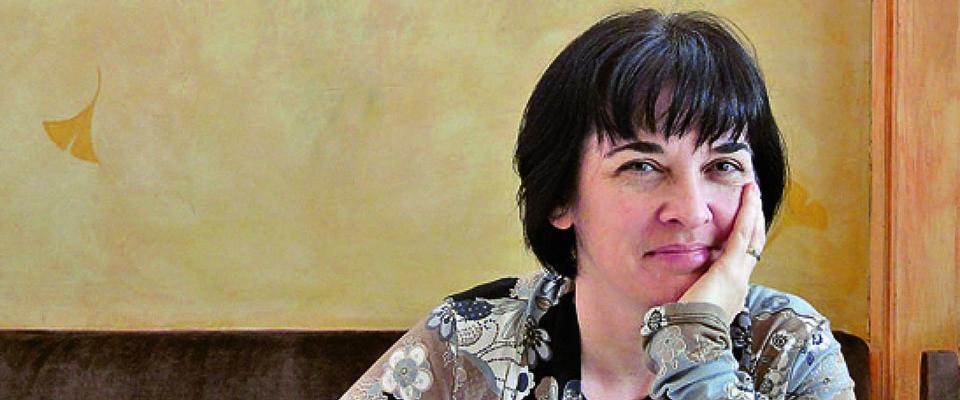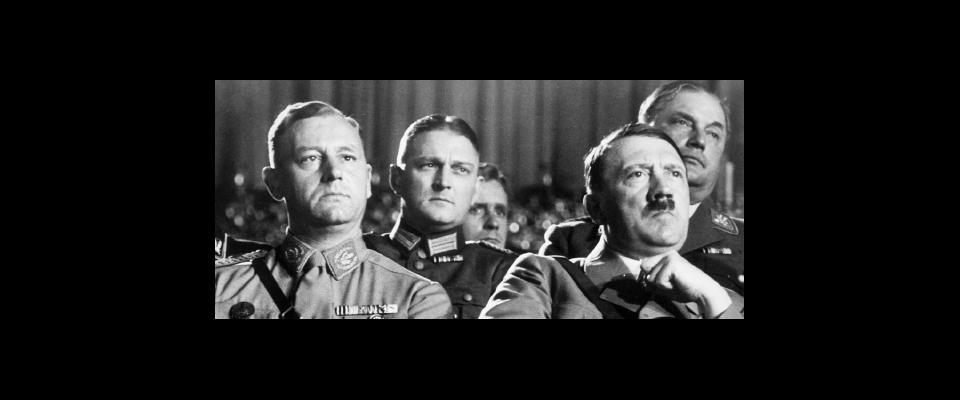You know a typical Alfred Hitchcock film when you see it—the eerie shadows, the quivering face of some blonde ingénue. But it also fills you with dread when you hear it—the echo of footsteps down a dark hallway, the violin-punctuated slashes of a knife, the histronic screams of a cinematic victim.
It may be difficult for most film lovers to imagine a Hitchcock without sound, but in fact, the master of suspense made several silent films in the 1920s. And beginning Aug. 16, the Pacific Film Archive began screening nine of them. The prints have been around for years, but in various and sub-par conditions. Recently, however, the British Film Institute oversaw a whole scale digital restoration of the films, which are now making their way to American cinemas.
Despite the limited number of films, these early silents display a diverse set of genres and styles that both defy and inform the director’s classic visual flair and thriller sensibilities. “We see his gift for stylistic innovation through his use of graphic elements, intertitles, tinting, animation, striking camera angles, camera placement and point-of-view shots in films like ‘Downhill’ and ‘Champagne,’ ” notes Susan Oxtoby, PFA’s senior film curator. “We see his interest in melodrama with some of the early silents.
“Best of all, we can see that Hitchcock was always a great entertainer, from his early films through to the end of his career,” she adds. “He was one to intertwine humor and comic touches—his crime and espionage films typically have elements of humor. Looking at the films from the silent era, we can see Hitchcock rapidly defining his narrative storytelling skills.”
The full schedule includes:
“The Lodger: A Story of the London Fog,” featuring star Ivor Novello in a thrilling hunt for a Jack the Ripper-type killer in the streets of London. The director called this film, the series-opener, “the first true Hitchcock movie.”
“The Ring” examines a tumultuous love triangle between two boxers—one from the fairground, one from the professional ring—and their lady love, Mabel.
“The Pleasure Garden,” Hitchcock’s first film, portrays two chorus girls in a tale of love, loss and friendship within the London theater scene.
The silent series is a follow-up to the PFA’s spring film series: “Alfred Hitchcock: The Shape of Suspense” It is presented in conjunction with the San Francisco Silent Film Festival and will run until Aug. 31.
The screenings will feature a live piano accompaniment from Judith Rosenberg — an added treat to enhance the silent medium that Hitchcock called the “purest form of cinema.”
Susan Oxtoby, senior film curator at the PFA “While he always worked within the narrative tradition, Hitchcock was one of the great innovators of form in cinema.
—Jessica Pena



















